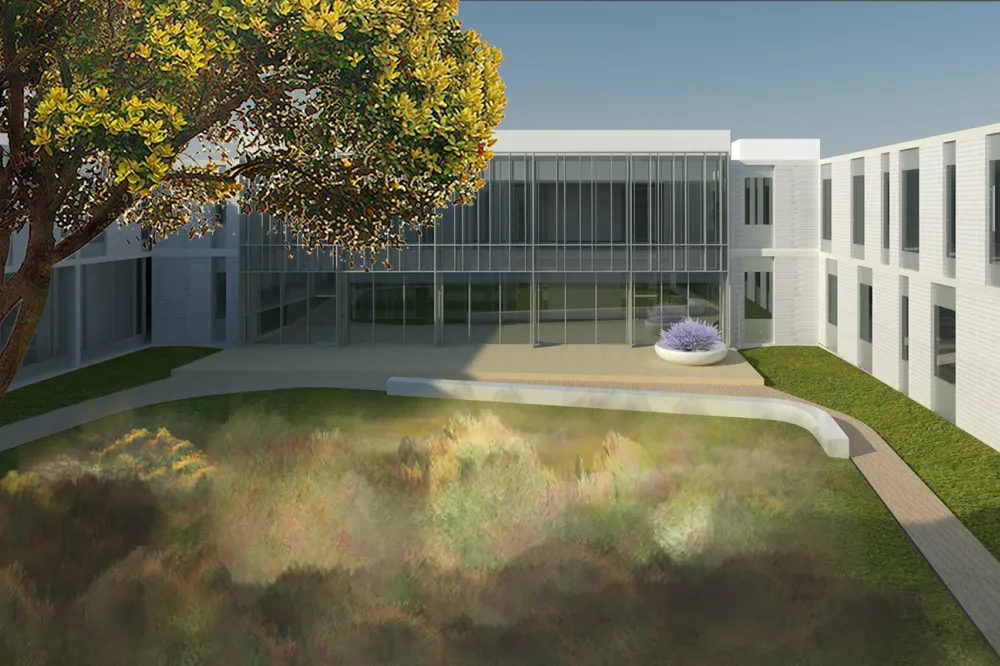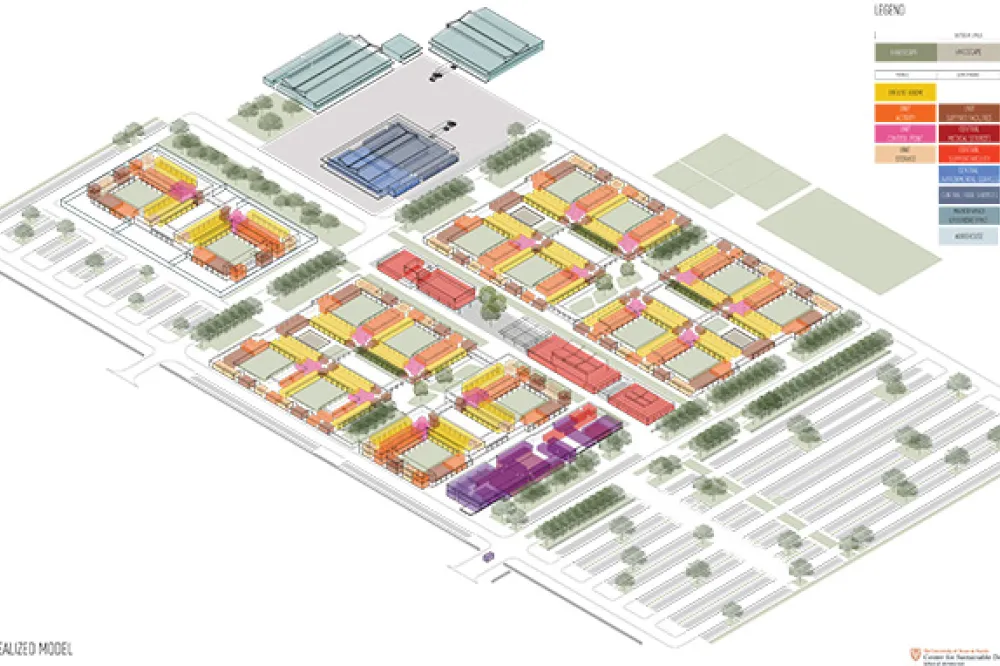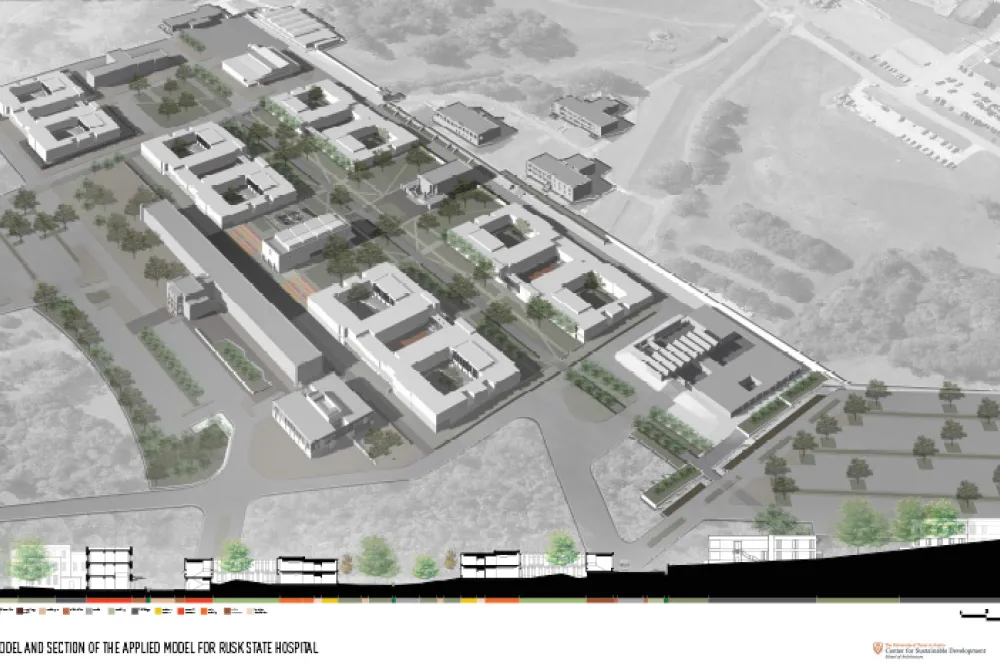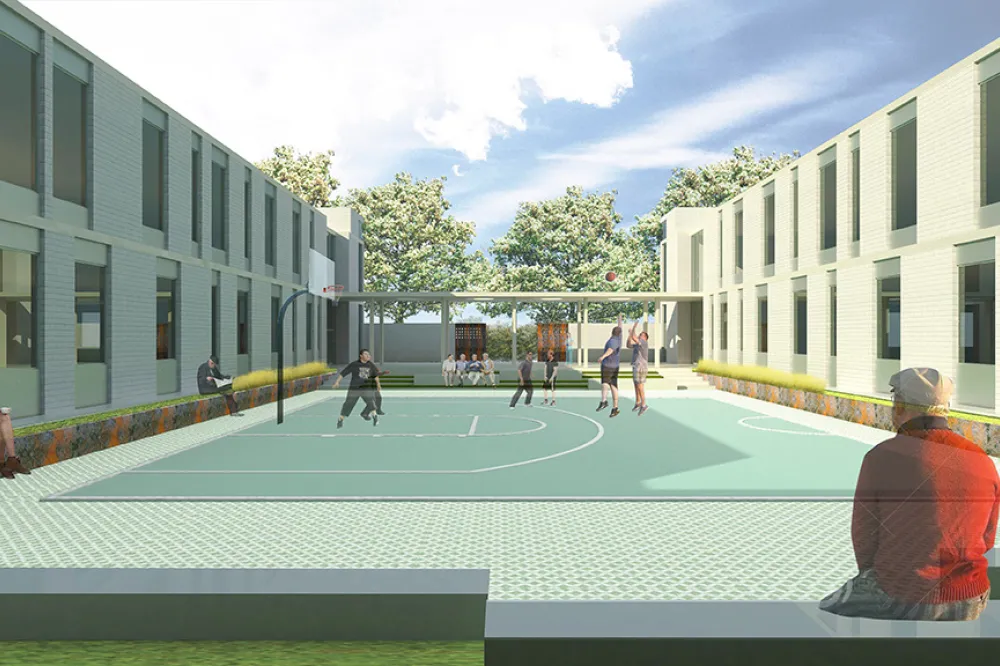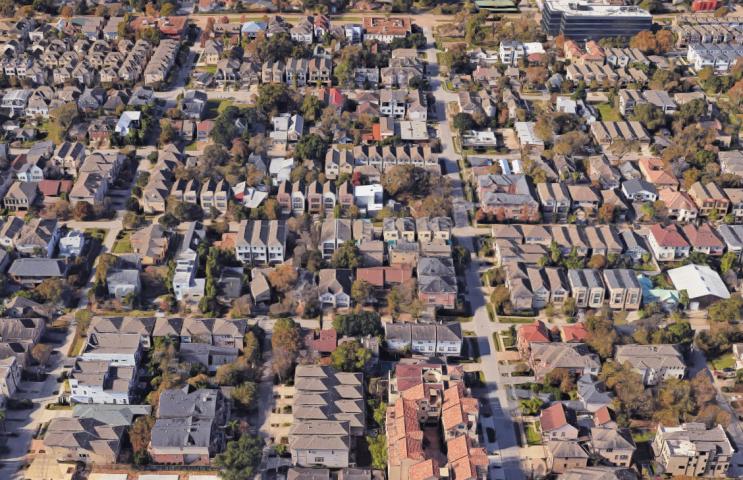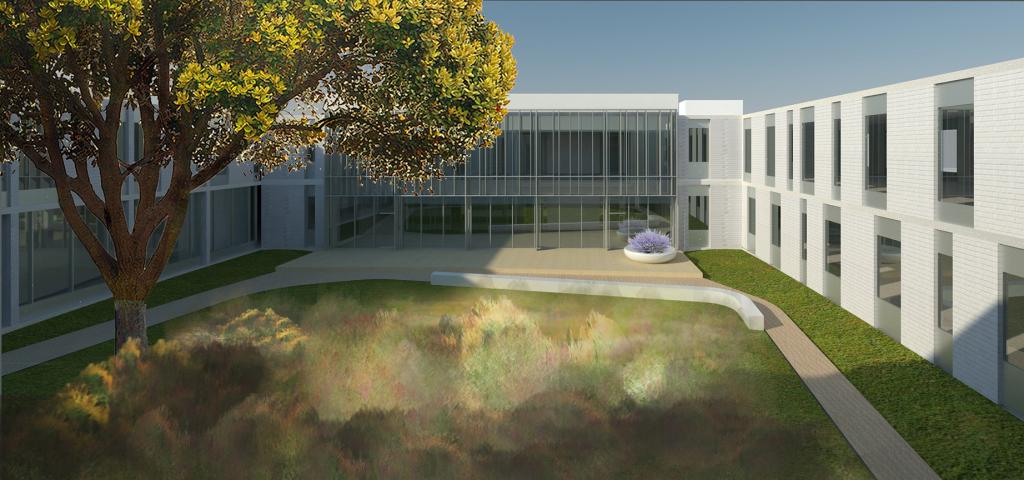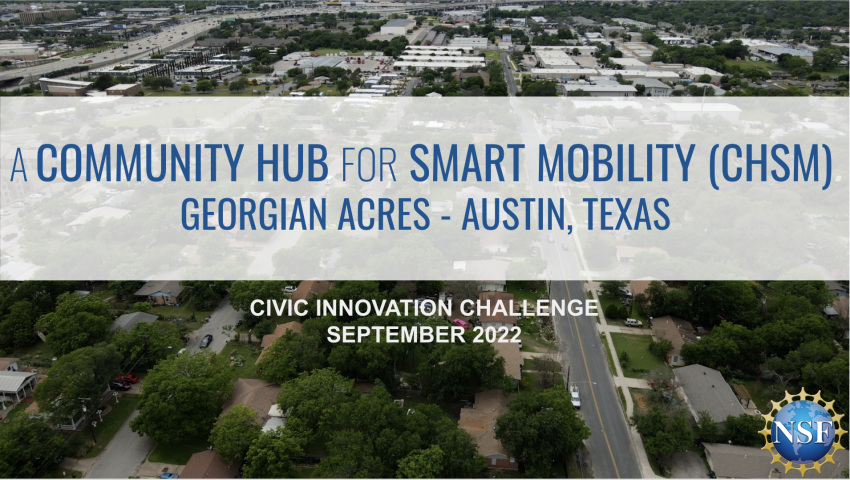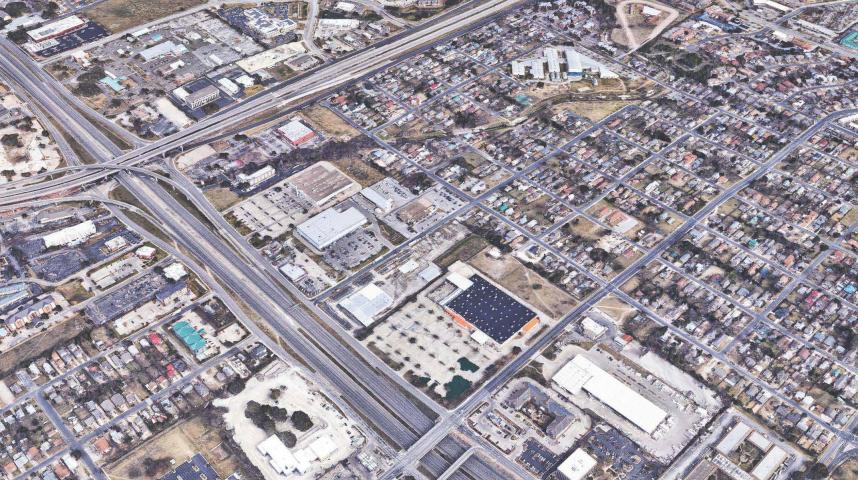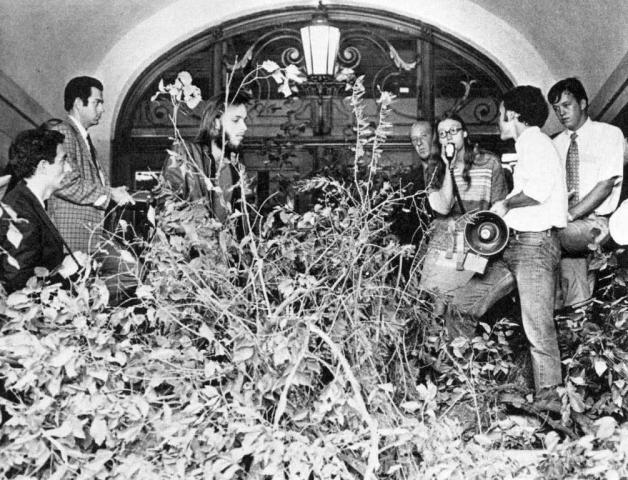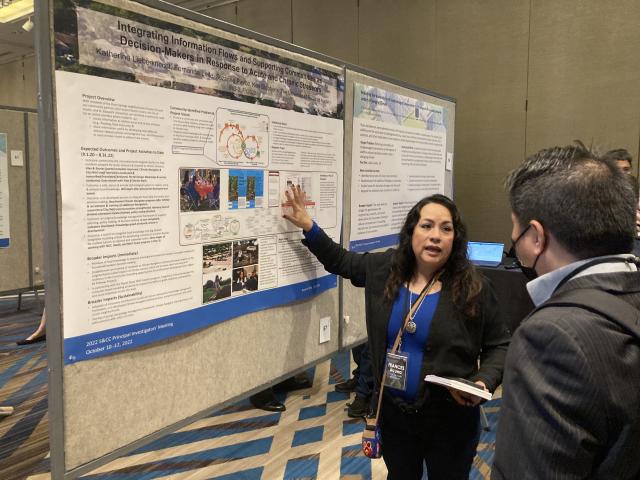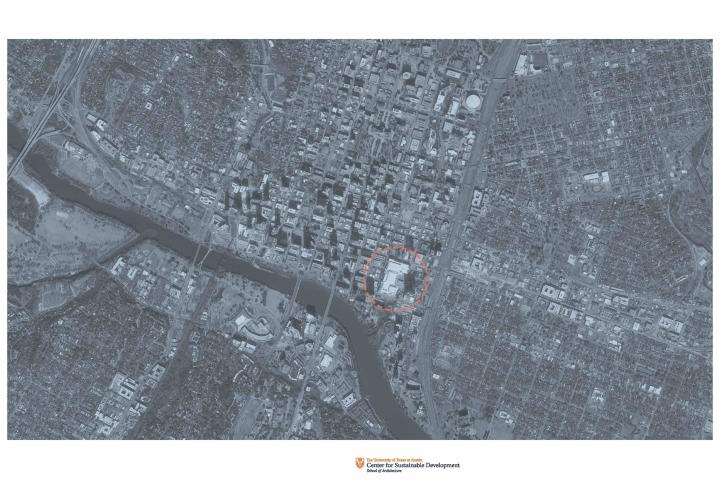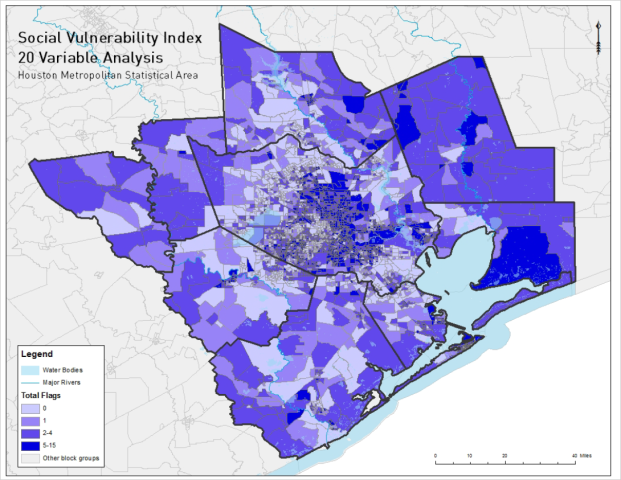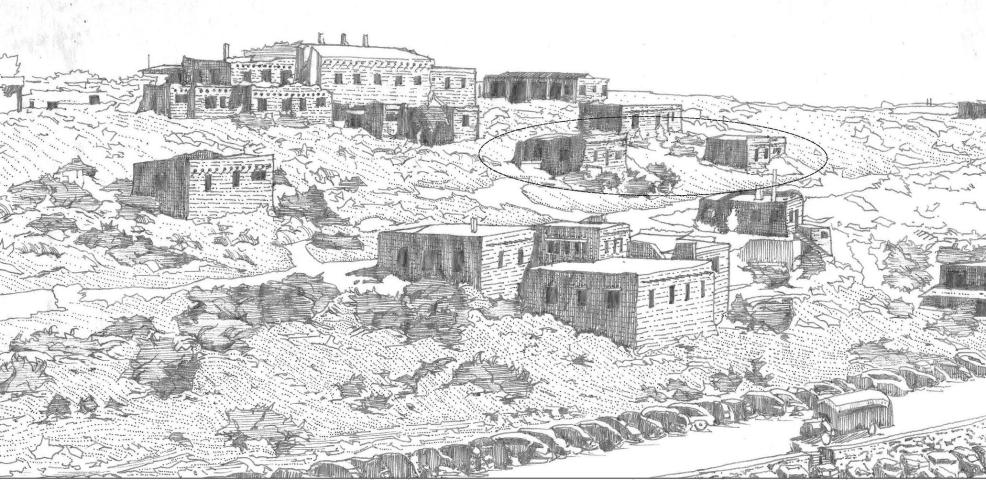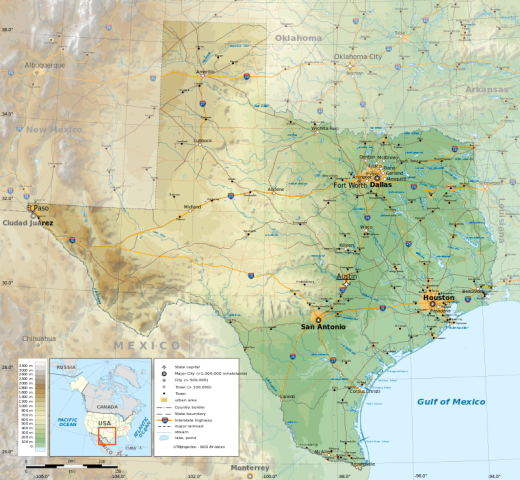The Texas Department of State Health Services (DSHS) retained The University of Texas at Austin’s Center for Sustainable Development (CSD) to investigate how the design of behavioral health facilities can support modern psychiatric care models and enable physicians, nurses, administrators, and staff to provide the best possible treatment and care for the people of Texas. The CSD's design-based research explored a planning process and preliminary development plan for Rusk State Hospital meant to raise the design standard for therapeutic environments and to lay the groundwork for future best practices in improving mental health care facilities.
Built in 1919, Rusk State Hospital provides inpatient hospital services including comprehensive psychiatric treatment. Located in the town of Rusk, Texas, it is one of nine state mental health hospitals owned and operated by the Texas DSHS. The state-owned property is approximately 623 acres in size with the majority of the hospital-related buildings situated within a fifty-acre area. Though the facility is funded to provide treatment for 325 patients, it currently accepts just 245 due to the deplorable state of its facilities.
The CSD's work for Rusk was organized into two parts. In the first phase, the team reviewed healthcare best practices, and in the second, they applied those practices to Rusk specifically. The intent of this two-pronged approach was to develop guidelines that apply to all nine DSHS facilities and to demonstrate how those guidelines inform a specific site's improvement plan.
With in-depth consultation with the DSHS and the staff at Rusk State hospital, the investigation into best practices emphasized the therapeutic properties of landscapes and centralized outdoor spaces that promote social activities and physical health. Research also pointed to modular design approaches that can be tailored to accommodate a defined number of patients and support staff per unit. This work led to the design of an “idealized” model, which composed the goals and objectives for treatment and operations for state hospital systems into a singular model.
The second part of the study applied the Idealized Model to contextual characteristics of Rusk State Hospital. The design team analyzed the site's history and surveyed the conditions of existing conditions before evaluating their adaptability for best practices. The components and fundamentals of the Idealized Model were then applied to the spatial, physical, and cultural landscape of the Rusk State Hospital. The application of the model resulted in a series of spatial and functional “tests” that quantified space and operational relationships among departments. The team created two applications of this model and developed an Applied Model for the future of Rusk State Hospital. After refining the Applied Model, phasing strategies were explored and a number of illustrative renderings were prepared to capture the vision, goals, and quality of space desired.
This design research illustrates that there is no “one size fits all” approach when it comes to the creation of a modern psychiatric facility in Texas. It will never be possible to simply replicate the Idealized Model onto a particular site; however, it does give a design team an appropriately defined “kit-of-parts” that can be rearranged and scaled to appropriately fit the contextual influences of a particular site and hospital program.
The full report is available for download here.
PRINCIPAL INVESTIGATOR, CO-INVESTIGATORS, AND PROJECT STAFF
Dean Almy
Allan W. Shearer
Elizabeth Danze
Frances Gale
Carmen Garufo
Stephen Sonnenbe
Frederick Steiner
Sarah Wu
PROJECT DATES
January 1, 2016-January 31, 2017
FUNDER
Texas Department of State Health Services
MORE INFORMATION
Read the full report online


